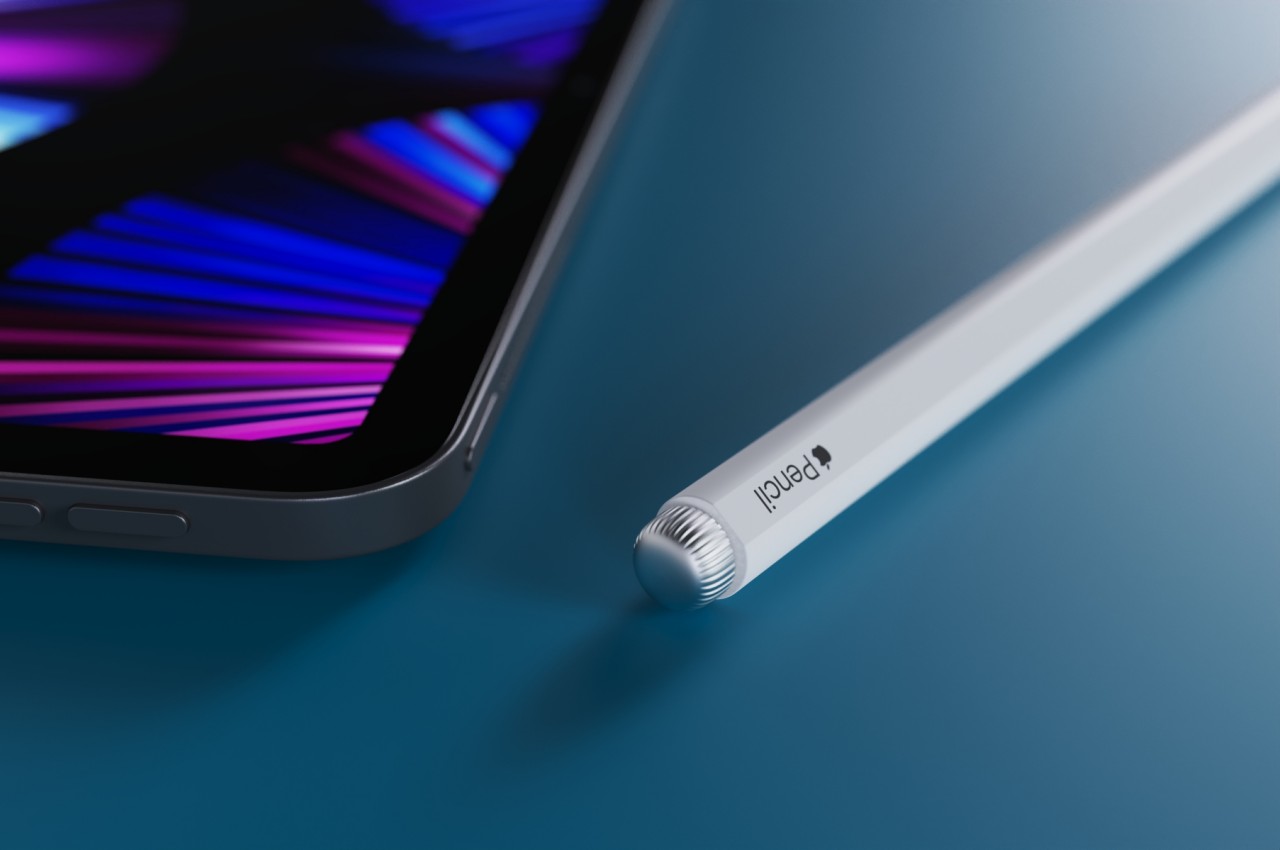
Steve Jobs openly despised and ridiculed the styluses that were the mainstays of pocket PCs and Palm devices that predated smartphones, but more than a decade later, Apple would embrace the stylus and make it its own. Granted, the styluses of Jobs’ era were nothing more than glorified sticks to poke at tiny screens, providing no additional benefit to the user experience. The Apple Pencil was, of course, anything but simple, and it has succeeded and thrived in a market dominated by long-time player Wacom. Of course, there are really no other options when working with an iPad, but Apple’s premium tablets probably wouldn’t have enjoyed as much success if the Apple Pencil didn’t exist. Of course, the creativity tool is hardly perfect, and this concept based on a newly awarded patent brings a touch of style to a more powerful Apple Pencil of the future.
Designer: Sarang Sheth

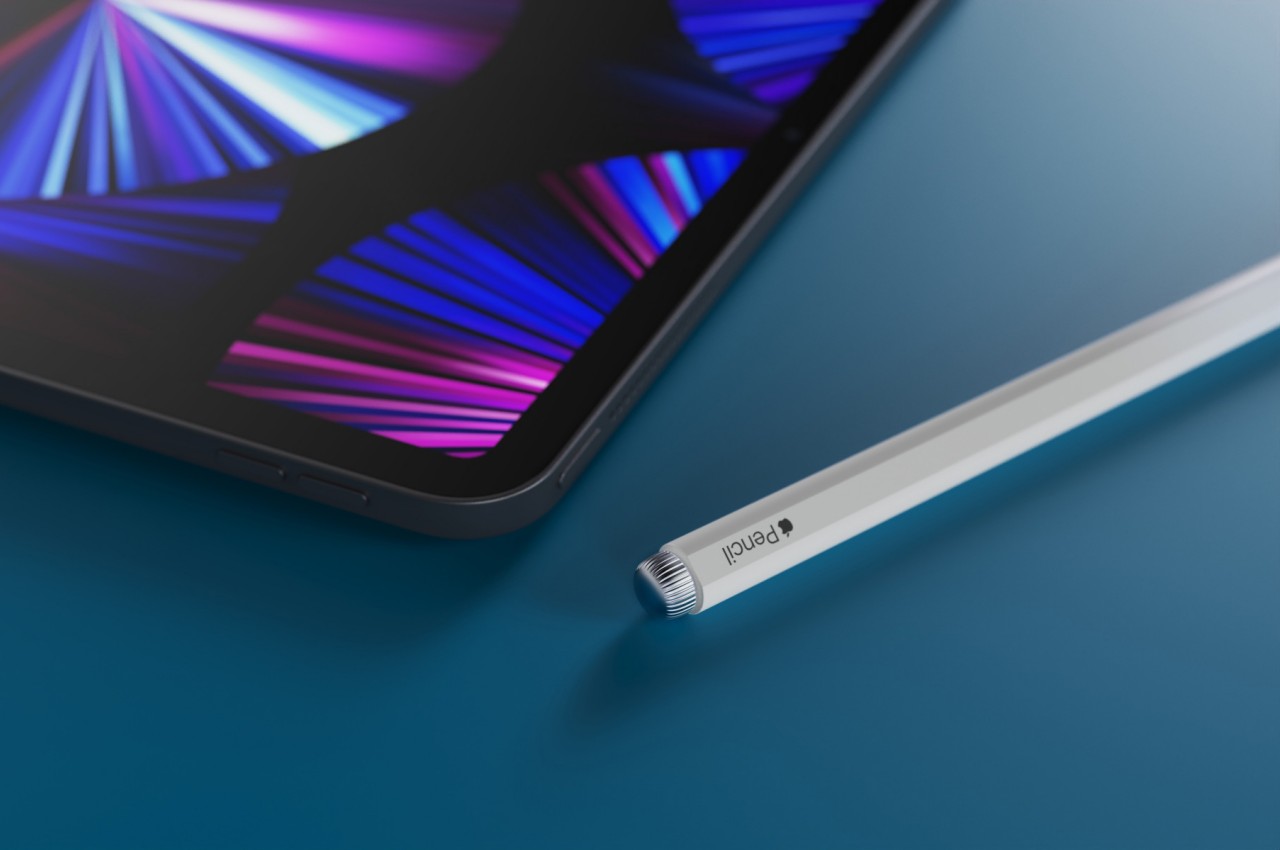
The first Apple Pencil was a minimalist’s dream, a simple, nondescript white cylinder that opened the iPad Pro to whole new worlds of creativity. There was, of course, plenty of room for improvement and innovation, and the second-generation Apple Pencil brought a faceted barrel for a better grip, as well as a touch-sensitive area you can double tap to trigger some function inside an app. While it was a significant step up from the first-gen Pencil, it was still leagues behind something like a Wacom pen, often regarded as the gold standard when it comes to styluses.
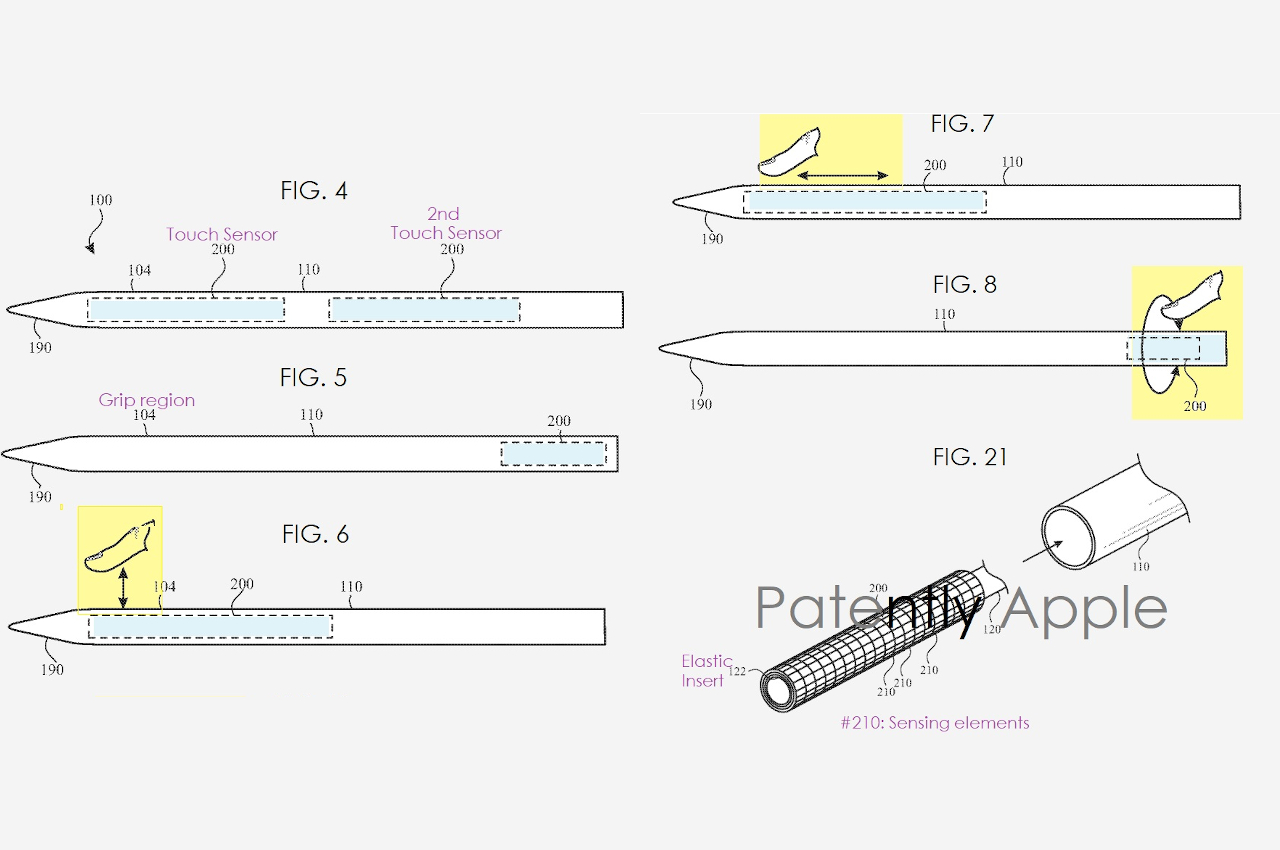
Apple is naturally aware of the limitations of its own stylus, but it is also aware of how the Pencil’s minimalist design played a big role in its favorable reception. Simply adding buttons would have solved one problem at the expense of a well-loved trait, so that was definitely a no-go. A newly awarded patent (reported by Patently Apple), however, reveals one idea that the Cupertino-based company has played with, one that could hit two birds with one stone.

In a nutshell, it extends the second-gen Apple Pencil to include another touch-sensitive area, one near the middle of the stylus, to expand the number of gestures that people can use. For example, rather than just double-tapping the area, one can also slide their finger on the touch-sensitive surface. This gesture can be mapped to some action, such as changing the size of a brush or scrubbing the timeline of a video.
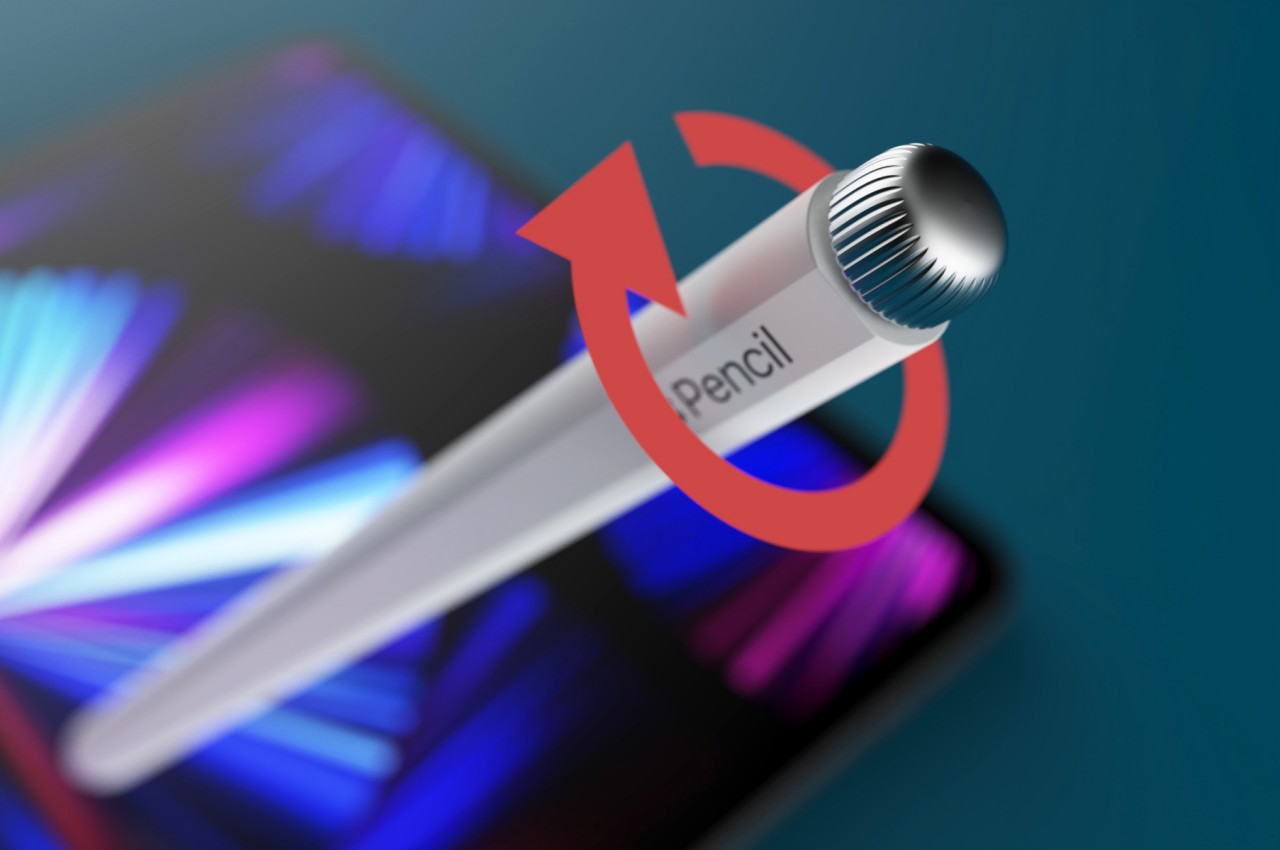
The patent also mentions the possibility of a twisting motion for the Pencil, one that could be tied to a motion sensor inside the barrel. Rather than complicating the internals of the Apple Pencil, however, this concept design opts for a more direct approach that also turns out to be more elegant. It adds a knob on the top end of the Pencil with a design similar to the Apple Watch’s crown. The control mechanism is simple, intuitive, tactile, and stylish. It is unambiguous in its function, requiring no additional training or mental shift to use.
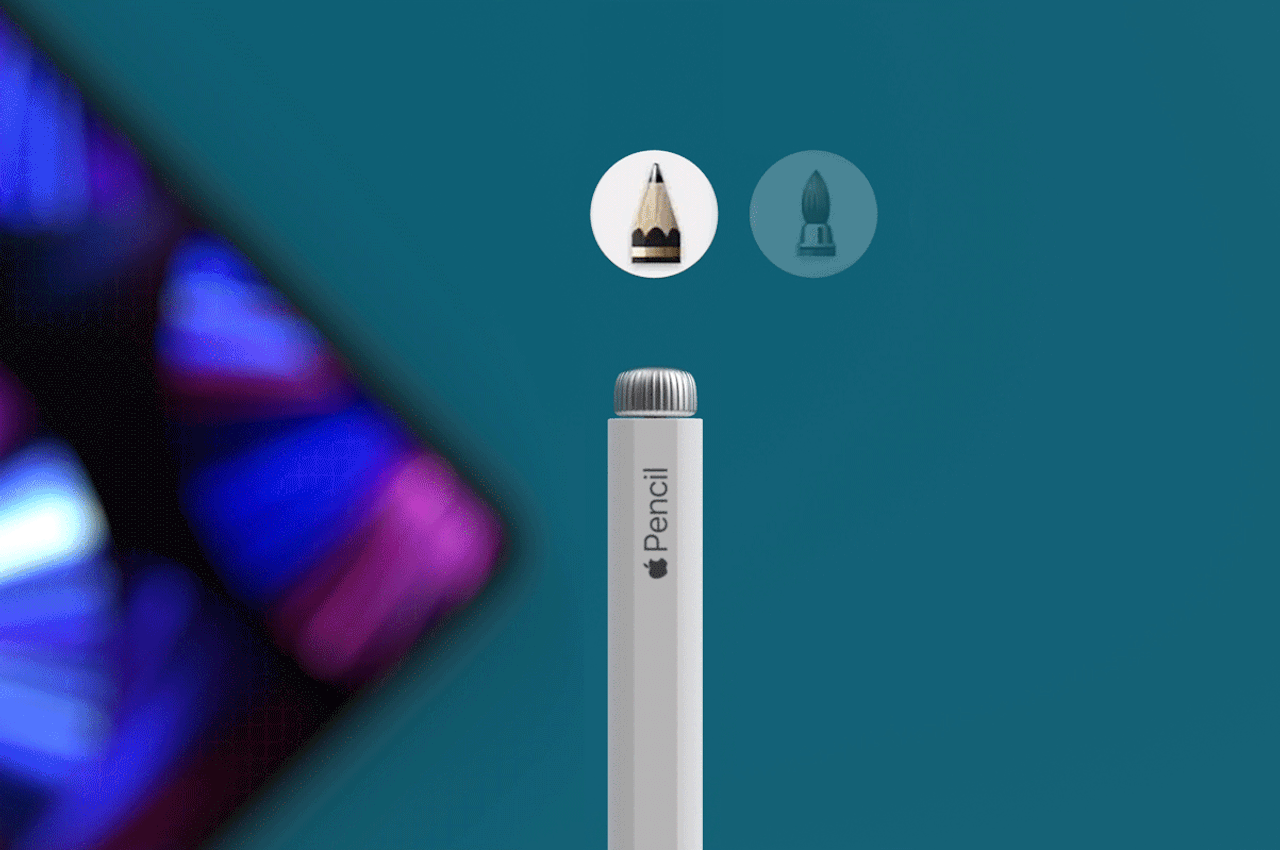
Admittedly, this design requires the use of the other hand to turn that knob, but it also means that there will be no accidental activation or triggers just because you have a fidgety hand. It breaks away from the Apple Pencil’s unibody design and minimalist appearance, but it also adds an embellishment that is still in line with Apple’s aesthetics. Whether Apple implements even the original design laid out in the patent is still a matter of conjecture, but it hopefully has an upgrade ready for the Apple Pencil ready for artists, designers, and creatives soon.
